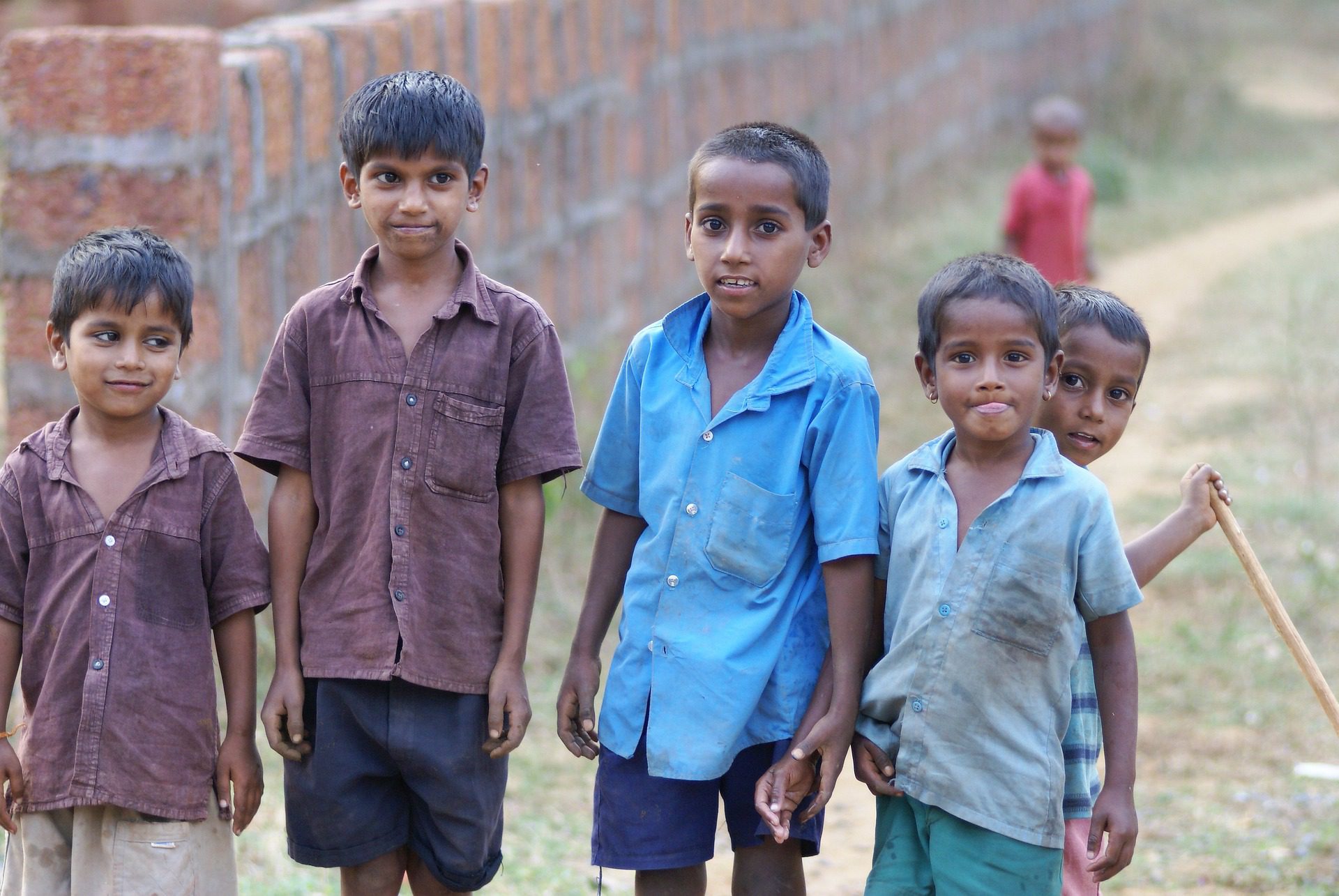
Sexual Exploitation of Boys: India Report 2022
Background and Rationale
Violence against children, including sexual exploitation and abuse, is estimated to affect millions of children worldwide and no country or region is ‘immune’. Child sexual exploitation and abuse happens to children in all socio-economic groups, of all educational levels, across all ethnic and cultural groups, and in all countries around the world. In recent years, there has been an increasing awareness of the gap in the global understanding of how boys are impacted by sexual exploitation. While data about sexual exploitation of all children is generally lacking, this is even more so when looking at boys specifically. For example, in the rare cases that countries collect prevalence data on sexual exploitation and abuse of children, samples are often limited to adolescent girls, obscuring any understanding of the unique experiences and vulnerabilities of boys. Yet, the limited evidence that is available about boys suggests that in certain contexts, boys are just as heavily impacted as girls, and in some contexts, maybe even more. Boys – regardless of whether they are heterosexual or of diverse sexual orientation – may even face legal consequences when they are victimised by a male offender in countries where homosexuality is criminalised.
Systemic gender norms around masculinity and femininity are important to consider in understanding child sexual exploitation and abuse. These norms typically hold that males are strong and resilient, while females are vulnerable. Such beliefs often hamper equitable and necessary discourse on the sexual exploitation of children of all genders, but especially for boys where the development of policies, practices, advocacy and research methodologies about the sexual exploitation of children regularly underrepresented or even completely leave out boys. “While many vulnerability factors for sexual exploitation and abuse are common to all genders, boys access to support is unquestioningly conditioned by gender norms, constraining their help-seeking behaviour and their ability to seek care.”
While these circumstances should not detract attention from continued research, advocacy, and support for girls subjected to sexual exploitation, there is a clear need for greater advocacy and a higher quality evidence-base on the sexual exploitation of children of all genders to better inform all work to prevent and respond.
A Global Boys’ Initiative
As the programmatic responses to identify and meet the particular needs of boys are scarce, ECPAT International launched the Global Initiative to explore the sexual exploitation of boys which activates our global network of member organisations in a range of research and response activities focused on boys. To meet the initial challenge of such limited data, in 2020-21, the Global Boys’ Initiative embarked on a series of research projects in 10 countries around the world, to shed light on understanding sexual exploitation involving boys, how they came into these vulnerable situations and what their needs are in terms of prevention, protection and services. India is an important target country for the study because whilst it has national legislation criminalising various crimes of sexual exploitation against children, there remains room for improvement to ensure boys genuinely receive the protection that the law establishes.
This Report
The organisation Stop Trafficking and Oppression of Children and Women, (hereafter referred to as STOP), has been at the forefront of actions to prevent and respond to sexual exploitation of children in India since 1990. STOP and ECPAT International partnered for a ground-breaking research project into the sexual exploitation of boys in India during 2021, with results captured in this report. The study was based upon primary field research (with frontline social support workers who support sexually exploited boys in India) as well as secondary data (a desk review of India’s legal framework that protects children from sexual exploitation and a literature review with a focus on boys). By identifying core themes emerging from this study, the results captured in this report are intended to inform service improvements to ensure that they are gender-sensitive and accessible for children of all genders. It is hoped that the results may also help to break down the stigma and taboos surrounding boys’ experiences of sexual exploitation and abuse. Clear recommendations for improvements that are driven by the evidence are also provided.
Read or download full report here.
